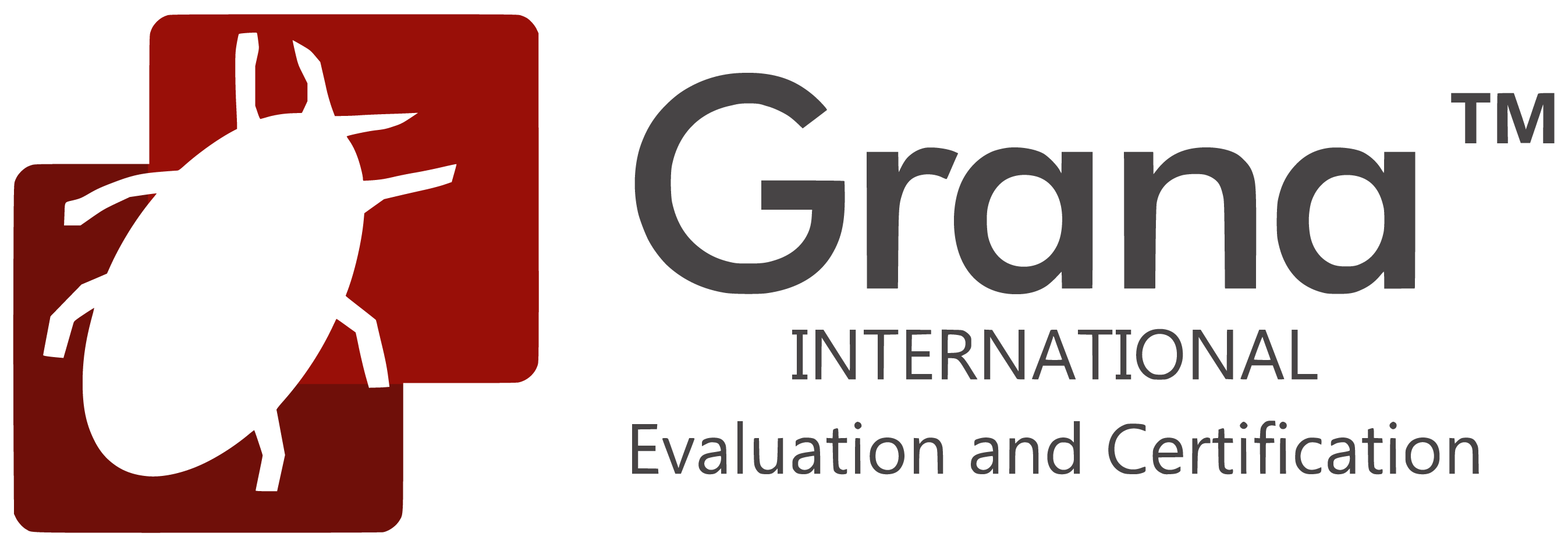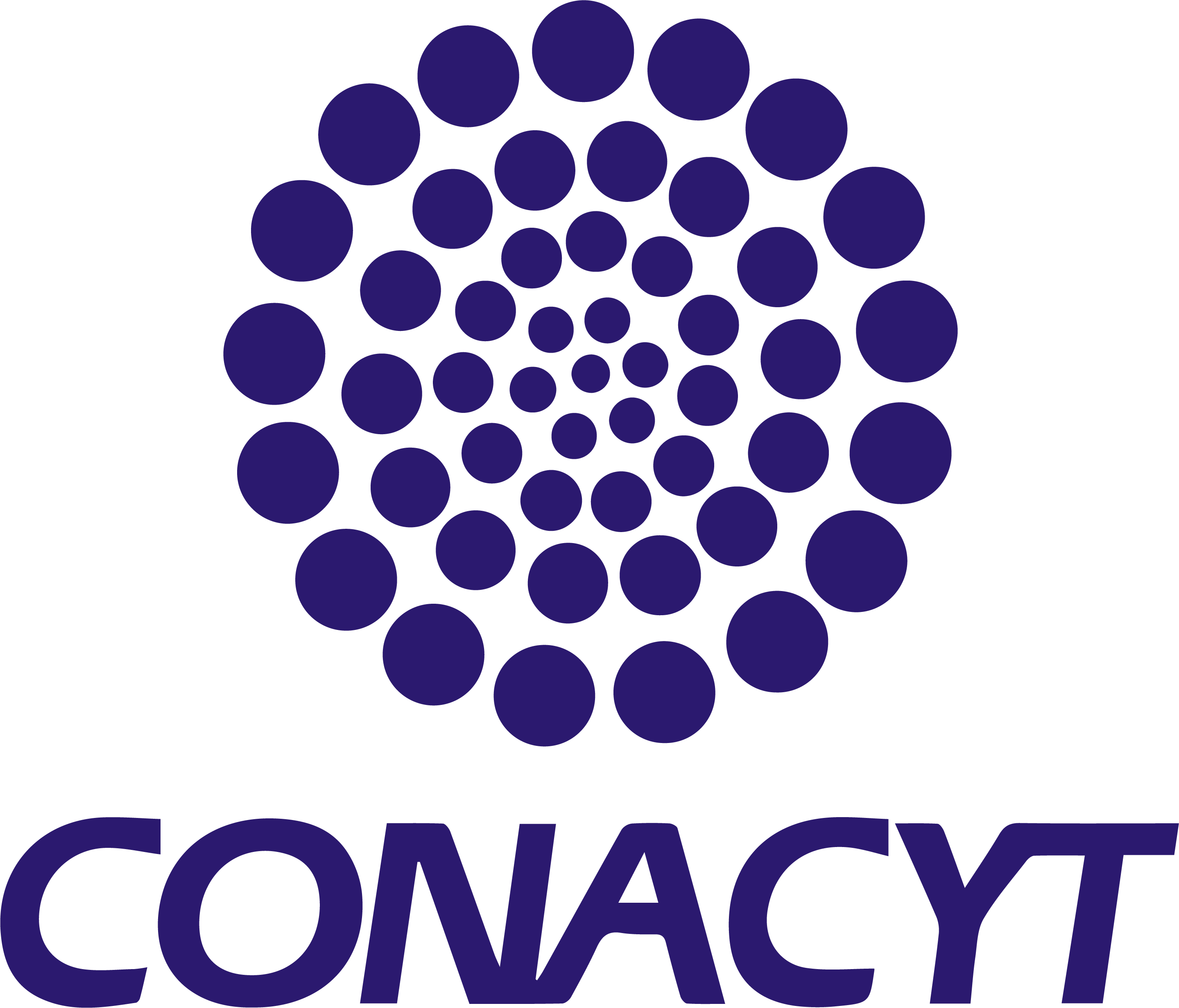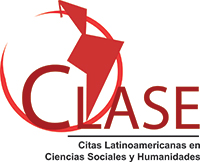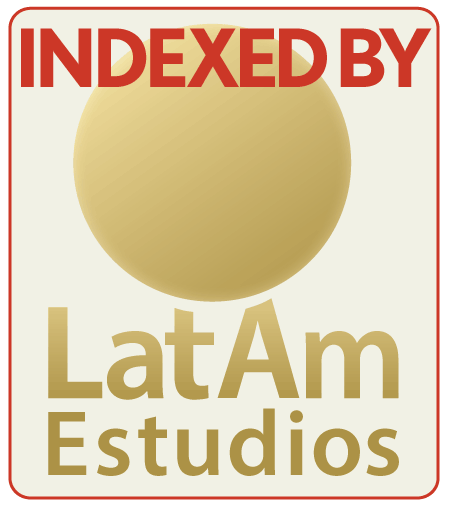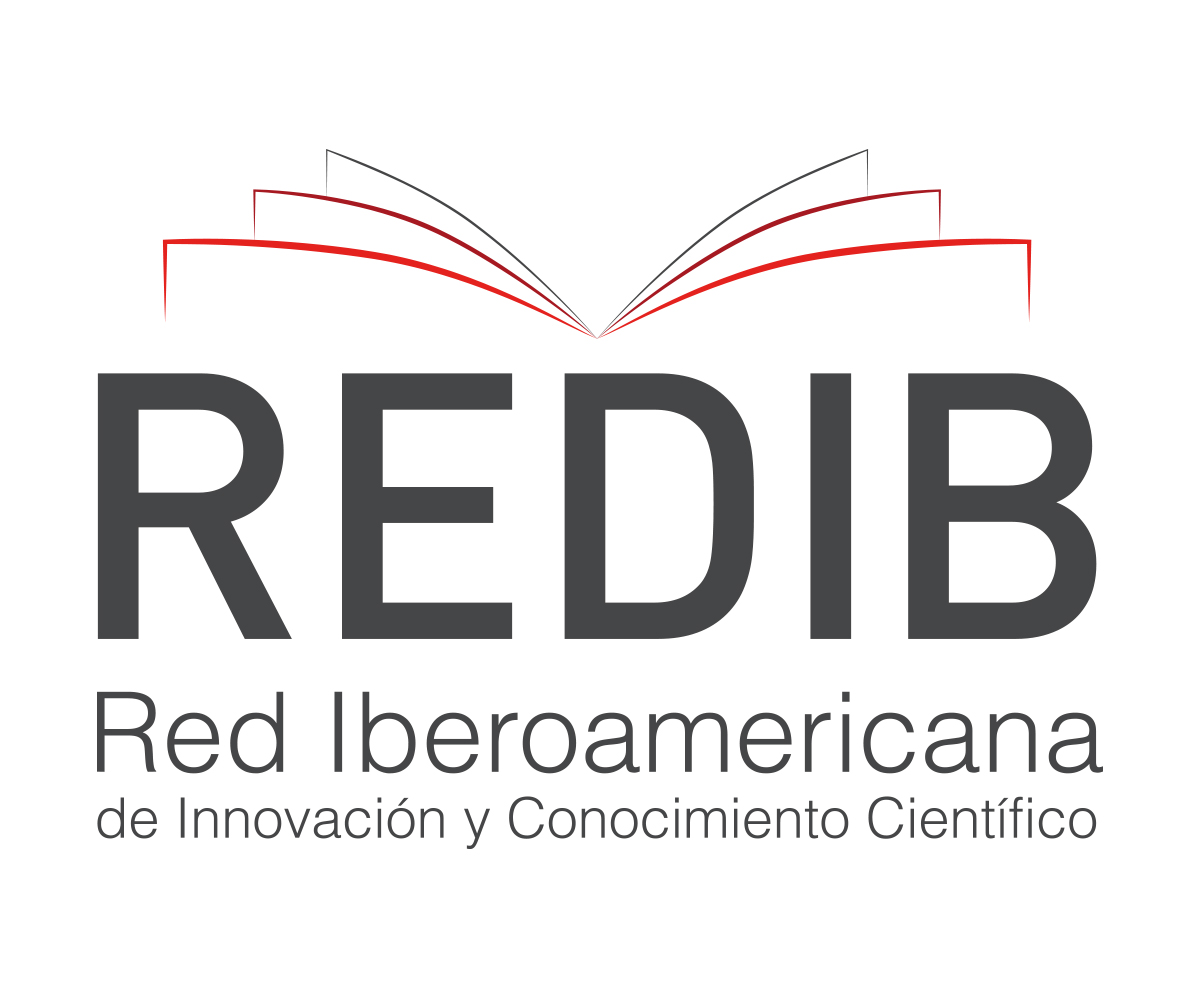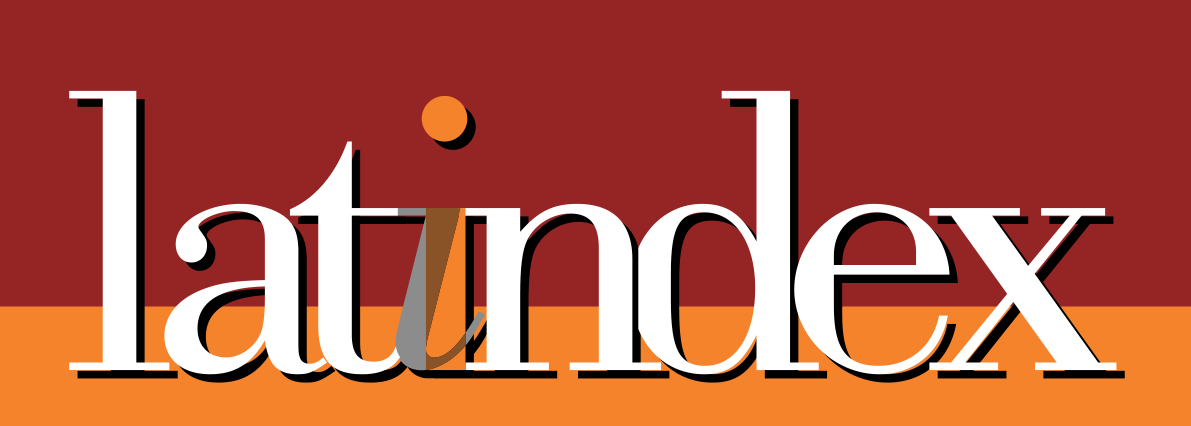Application of the PBL methodology in the topic of population genetics
Abstract
Throughout more than 10 generations, professors of the undergraduate degree in biology at the Faculty of Sciences of the UNAM have observed a consistently low performance among their students, in the subject of “Population Genetics” (GP), of the genetics course, particularly in the assimilation and appropriation of knowledge and skills. It was suggested that these results could be due to an eminently mechanistic teaching style that does not generate a deep reflection of the central themes of the subject, this raised the question: could the application of a didactic strategy based on Problem Based Learning (PBL) improve the expected learning and develop skills, mainly critical thinking skills in this subject? Given this background, a quasi-experimental research was carried out with the participation of 102 students, distributed in two groups: 43 students who studied the subject under a traditional teaching scheme, while 59 did it from a didactic approach based on PBL, by teams. These teams, formed randomly, were assigned activities related to the biological interaction between anemia and malaria in the Asian and African regions. The learning results obtained, after the evaluations applied to the students, showed that PBL was effective in substantially improving their performance, as well as their critical thinking skills, while the group that followed a traditional teaching model showed great difficulties in the more complex stages of the subject.
Downloads
References
Corbacho, V., y De, P. (2009). Enseñanza de la genética en la educación de nivel superior: dificultades para comprender conceptos y resolver problemas. Enseñanza de las Ciencias, (Extra), 1020-1023. https://ddd.uab.cat/record/129612
Cruz, R. I., Serrano, C. L., y Rodríguez, B. J. (2021). Modelo de mejoramiento productivo: una aplicación de la fabricación digital incorporada al aprendizaje basado en proyectos (ABP) en la educación superior. Formación universitaria, 14(2), 65-74. https://doi.org/10.4067/S0718-50062021000200065
Facione, P. (2011). Critical Thinking: What it is and why it counts?. http://www.Student.uwa.edu.au/__data/assets/pdf_file/0003/1922502/Critical-Thinking-What-it-is-and-why-it-counts.pdf
Facultad de Ciencias. (s.f.). Perfil Profesional. Universidad Nacional Autónoma de México. https://archive.fciencias.unam.mx/licenciatura/resumen/201
Guevara Mora, G. (2010). Aprendizaje basado en problemas como técnica didáctica para la enseñanza del tema de la recursividad. InterSedes, 11(20). https://revistas.ucr.ac.cr/index.php/intersedes/article/view/1019
Gutiérrez Ávila, J. H., De la Puente Alarcón, G., Martínez González, A. A., y Piña Garza, E. (2012). Aprendizaje basado en problemas: un camino para aprender a aprender. Universidad Nacional Autónoma de México, Colegio de Ciencias y Humanidades. https://doi.org/10.22201/cch.9786070239021p.2007
Hartl, D. L., y Clark, A. G. (2007). Principles of population genetics. Sinauer and Associates. https://doi.org/10.1093/jhered/esm035
Hurtado Serna, M., y Salvatierra Melgar, Á. (2020). Aplicación del Aprendizaje Basado en Problemas (ABP) de John Barell en la comprensión literal. Revista Educación, 44(2), 67-79. https://doi.org/10.15517/revedu.v44i2.38256
Íñiguez Porras, F. J., y Puigcerver Oliván, M. (2013). Una propuesta didáctica para la enseñanza de la genética en la Educación Secundaria. Revista Eureka sobre Enseñanza y Divulgación de las Ciencias 10(3), 307-327. http://hdl.handle.net/10498/15441
Lugo, J. P., Rossel, Y. O., y Veitía, J. R. (2022). El pensamiento crítico en el contexto universitario: una vertiente del aprendizaje basado en problemas. Warisata-Revista de Educación, 4(10), 34-54. https://doi.org/10.61287/warisata.v4i10.3
Luy-Montejo, C. (2019). El Aprendizaje Basado en Problemas (ABP) en el desarrollo de la inteligencia emocional de estudiantes universitarios Propósitos y Representaciones, 7(2), 353-383. https://doi.org/10.20511/pyr2019.v7n2.288
Martínez Aznar, M. M., e Ibáñez Orcajo, M. T. (2006). Resolver situaciones problemáticas en genética para modificar las actitudes relacionadas con la ciencia. Enseñanza de las Ciencias, 24(2), 193-206. https://doi.org/10.5565/rev/ensciencias.3800
Núñez-López, S., Avila-Palet, J., y Olivares-Olivares, S. (2017). El desarrollo del pensamiento crítico en estudiantes universitarios por medio del Aprendizaje Basado en Problemas. Revista Iberoamericana de Educación Superior, 8(23), 84-103. https://doi.org/10.22201/iisue.20072872e.2017.23.249
Organización Mundial de la Salud [OMS]. (2021). Informe mundial sobre la malaria 2021, Datos regionales y tendencias. Organización Mundial de la Salud. https://www.who.int/es/publications/m/item/WHO-UCN-GMP-2021.09
Organización Mundial de la Salud [OMS]. (2022). Informe mundial sobre la malaria 2022. Organización Mundial de la Salud. https://www.who.int/publications/i/item/9789240064898
Paredes-Curin, C. R. (2016). Aprendizaje basado en problemas (ABP): Una estrategia de enseñanza de la educación ambiental, en estudiantes de un liceo municipal de Cañete. Revista electrónica educare, 20(1), 119-144. https://doi.org/10.15359/ree.20-1.6
Parra, D. A. H., Monobe, A. R., y Barceló, V. C. (2018). Aprendizaje basado en problemas como estrategia de aprendizaje activo y su incidencia en el rendimiento académico y pensamiento crítico de estudiantes de medicina. Revista Complutense de Educación, 29(3), 665. https://doi.org/10.5209/RCED.53581
Piel, F. B., Patil, A. P., Howes, R. E., Nyangiri, O. A., Gething, P. W., Williams, T. N., Weatherall, D. J., y Hay, S. I. (2010). Global distribution of the sickle cell gene and geographical confirmation of the malaria hypothesis. Nature Communications, 1(1). https://doi.org/10.1038/ncomms1104
Pierce, B. A. (2014). Genetics: A conceptual approach. Macmillan.
Quintero, V. L., Palet, J. E. A., y Olivares, S. L. O. (2017). Desarrollo del pensamiento crítico mediante la aplicación del Aprendizaje Basado en Problemas. Psicologia Escolar e Educacional, 21(1), 65-77. https://doi.org/10.1590/2175-3539201702111072
Saiz, C., y Rivas, S. F. (2008). Evaluación en pensamiento crítico: una propuesta para diferenciar formas de pensar. Ergo, Nueva Época, 22-23, 25-66. https://www.pensamiento-critico.com/archivos/evaluarpcergodf.pdf
Shah, A., Hussain, R., Fareed, M., y Afzal, M. (2012). Gene frequency of sickle cell trait among Muslim populations in a malarial belt of India, i.e., Manipur. Egyptian Journal of Medical Human Genetics, 13(3), 323-330. https://doi.org/10.1016/j.ejmhg.2012.04.001
Villalobos, V., Ávila, J. y Olivares, S. (2016). Aprendizaje basado en problemas en química y el pensamiento crítico en secundaria. Revista mexicana de investigación educativa, 21(69), 557-581. https://www.comie.org.mx/revista/v2018/rmie/index.php/nrmie/article/view/79
Vizcarro, C., y Juárez, E. (2008). La metodología del aprendizaje basado en problemas. Universidad de Murcia. http://www.ub.edu/dikasteia/LIBRO_MURCIA.pdf
Williams, T. N., y Obaro, S. K. (2011). Sickle cell disease and malaria morbidity: a tale with two tails. Trends in Parasitology, 27(7), 315-320. https://www.cell.com/trends/parasitology/abstract/S1471-4922(11)00037-7

This work is licensed under a Creative Commons Attribution 4.0 International License.
In order to promote the development and dissemination of research in education in Latin America, the Ibero-American Journal for Educational Research and Development (RIDE) adhered to the Budapest Open Access Initiative, which is why it is identified as a Open access publication. This means that any user can read the complete text of the articles, print them, download them, copy them, link them, distribute them and use the contents for other purposes. Creative Cummons licenses allow users to specify the rights to use an open access journal available on the Internet in such a way that users know the rules of publication. Authors who publish in this journal accept the following conditions: Authors they keep the author's rights and give the magazine the right of the first publication, with the work registered with the attribution license of Creative Commons, which allows third parties to use the published material whenever they mention the authorship of the work and the first publication in this The authors can make other independent and additional contractual agreements for the non-exclusive distribution of the version of the article published in this journal (eg, include it in an institutional repository or publish it in a book) as long as they clearly indicate that The work was published for the first time in this magazine. Authors are allowed and recommended to publish their work. low on the Internet (for example on institutional or personal pages) before and during the review and publication process, as it can lead to productive exchanges and to a greater and faster dissemination of the published work



